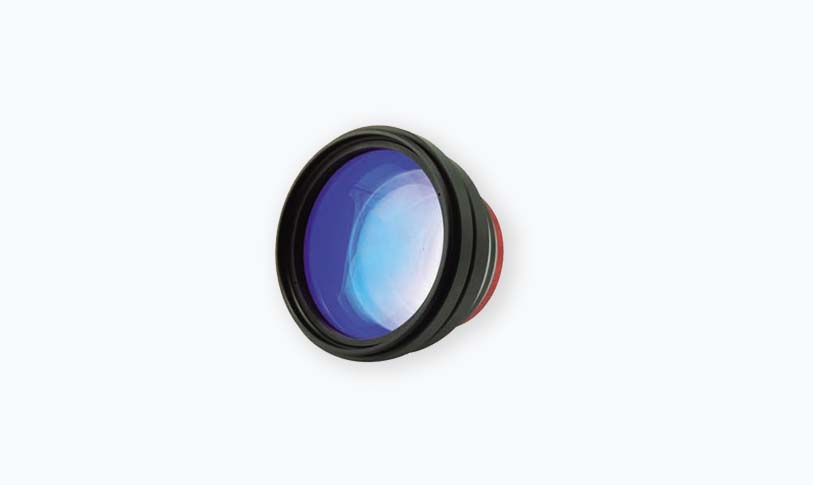The terms “femtosecond” and “picosecond” are often encountered in the fields of physics, chemistry, biology, and material science, referring to incredibly short time intervals that are fundamental to the study of ultrafast phenomena. To grasp the significance of these time scales, it is essential first to establish a clear understanding of what these measurements represent. A femtosecond (fs) is one quadrillionth of a second, or 10^-15 seconds, while a picosecond (ps) is one trillionth of a second, or 10^-12 seconds. Although these time frames are exceedingly brief compared to our everyday experiences, they are crucial in observing and manipulating processes on a molecular and atomic scale.
Femtosecond and picosecond durations play a vital role in the field of ultrafast spectroscopy, a technique used to study dynamic processes in chemistry and physics. By employing laser pulses with femtosecond or picosecond durations, researchers can initiate and observe chemical reactions as they occur in real time. This level of temporal resolution allows scientists to capture the transient states of molecules, providing invaluable insights into reaction mechanisms and molecular interactions.

Exploring the Fascinating World of Femtosecond and Picosecond Phenomena: Understanding Their Applications in Science and Technology
For example, during a chemical reaction, bond formations and breakages occur on the femtosecond time scale. Traditional spectroscopic methods, which usually work in milliseconds or longer, cannot provide the resolution needed to understand these rapid changes. The advent of femtosecond lasers has revolutionized this field, allowing for the capture of highly detailed time-resolved spectra, mapping the evolution of molecular states and energies with unmatched precision.

Exploring the Fascinating World of Femtosecond and Picosecond Phenomena: Understanding Their Applications in Science and Technology
In addition to chemical reactions, femtosecond and picosecond phenomena are essential in the realm of material science, particularly in the study of semiconductors and photonic materials. The electrical and optical properties of materials can change drastically on sub-picosecond timescales due to electron excitation following photon absorption. By employing ultrafast laser techniques, researchers can investigate how these properties evolve immediately after excitation, leading to better designs for electronic devices, solar cells, and photonic applications.
Another fascinating application of femtosecond and picosecond science can be found in the realm of biology. The concept of “biological time” brings into play processes like protein folding and enzyme reactions, which can often take place on the nanosecond to microsecond scale. However, ultrafast laser stages allow biochemists to delve even deeper into the pathways and kinetics of these processes, revealing intermediate states that are crucial for understanding biological functions. By investigating the dynamics of biomolecular interactions with femtosecond precision, researchers can develop targeted drugs and therapies for various diseases.
Moreover, femtosecond and picosecond laser pulses are employed in various technological applications such as laser surgery. In precise surgical procedures, particularly in ophthalmology for LASIK eye surgery, laser pulses on the femtosecond scale are used to achieve highly controlled and minimally invasive results. The precision afforded by these ultrafast lasers reduces damage to surrounding tissue, enhancing patient outcomes and recovery times.
The significance of these ultrafast phenomena extends into quantum computing and information technology as well. Researchers are exploring how these rapid time scales can be harnessed for the development of advanced computing systems that operate using quantum bits (qubits). The manipulation of qubits may potentially leverage phenomena that occur at the femtosecond scale, enabling faster processing speeds and encouraging the realization of more sophisticated algorithms that could outperform classical computers.
However, the study of femtosecond and picosecond phenomena is not without its challenges. The experimental setups required to generate and manipulate laser pulses at these durations often necessitate highly specialized equipment, making such research a complex and costly endeavor. Additionally, interpretations of the results can demand a deep understanding of quantum mechanics, molecular dynamics, and various spectroscopic techniques to ensure accurate descriptions of ultrafast processes.

Exploring the Fascinating World of Femtosecond and Picosecond Phenomena: Understanding Their Applications in Science and Technology
In conclusion, femtosecond and picosecond phenomena represent a critical frontier in scientific research and technological innovation. Through sophisticated techniques that allow us to probe processes occurring at these extremely short time scales, we gain profound insights into the workings of chemical and biological systems, revolutionize material sciences, enhance medical applications, and push the envelope of quantum computing. As technology advances and our understanding deepens, the potential applications of this fast-paced science continue to expand, promising a bright future for research and development in many diverse fields.green laser pointers



